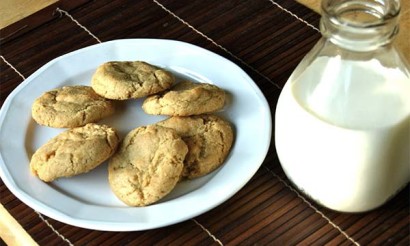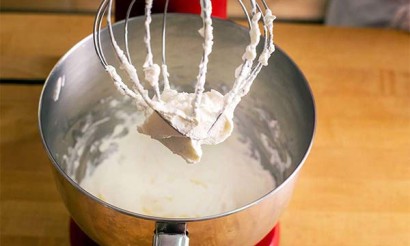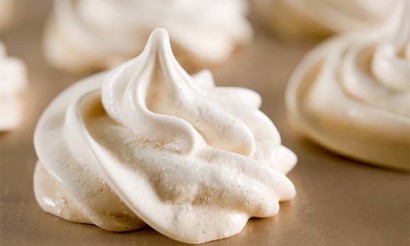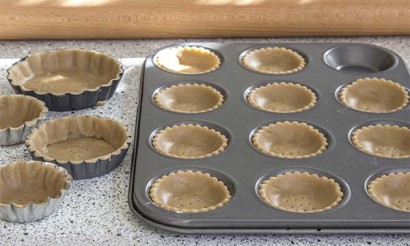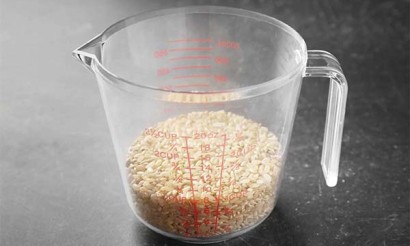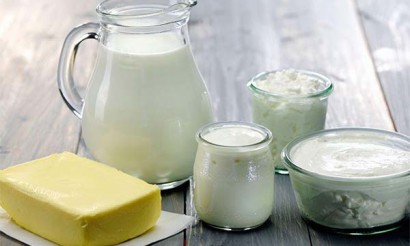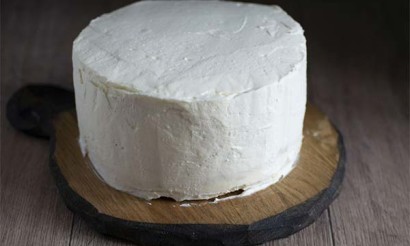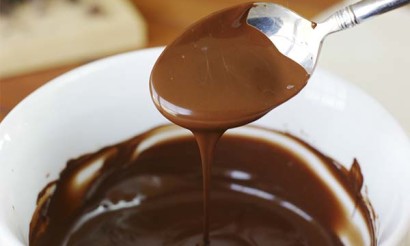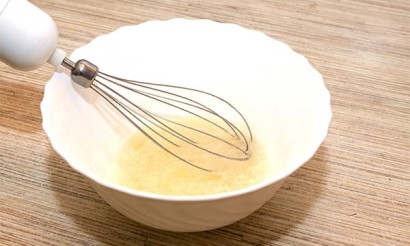How to check if the milk is natural
Today the supermarket shelves are overflowing with an abundance of dairy products. Most of the products on display belong to the chemical rather than agricultural products. How can you tell if the dairy products you buy are organic? Is it possible to detect fakes at home? Let's find out how to determine the freshness of dairy products and properly check their quality.
- What should be a natural product
- Types of milk
- Whole
- Normalized
- Reconstituted
- Pasteurized
- Ultrapasteurized
- Sterilized
- Melted
- Milk intolerance
- How to know if it is fresh
- How to Test Milk Quality at Home
- Milk contains water
- Check for starch
- Presence of chalk, soda, or gypsum
- Testing for Antibiotics
- Testing for Acid and Aspirin
- Fat Content Test
- For Cheesemakers
- How to Identify Palm Oil in Milk
- How to Test Dried Milk for Quality
- How to find natural goat milk
- Tips
Milk has been familiar to us since childhood. Today there is no problem with the choice, and going into the store, we have the opportunity to buy any package we like. We can pay attention to the expiration date and fat content, but rarely do we look at the ingredients.
What a natural product should be like
It is the processing of the milk that affects its properties in the future. It is enough to carefully study the information printed on the package and have an idea of the types of dairy products to make the right choice.

According to GOSTs, the following conditions are established to confirm the naturalness of milk:
- packed immediately after milking;
- does not have any additives;
- Cleaned of impurities;
- Cooled to 4°C.
Such milk can be found only from farmers in their territory. It is called whole milk. Stores sell milk that is close to natural.
Types of milk
Milk can be:
- whole;
- melted;
- pasteurized;
- sterilized;
- vitaminized;
- ultrapasteurized;
- selected;
- normalized;
- reconstituted;
- lactose-free.
Let's take a closer look at the most common types.
Whole
This type is the closest to natural. It, as well as selected, can rarely be found in stores. Milk is subjected to minimal processing, it is not added various chemical components to increase the shelf life. Only the percentage of fat content may change.
Normalized
Prepared from whole milk. The milk is separated, i.e. separated into its components. The fat percentage required is achieved by adding cream.
Reconstituted
This is more of a "milk drink" because it is made from dried milk. It has practically no useful properties.
Pasteurized
Produced as a result of heat treatment, which increases the shelf life. Heat treatment mode - 60-90 ° C. At these temperatures harmful microorganisms die, but useful bacteria continue to exist.
Such milk makes delicious porridges, first courses, etc. Since this type is close to the natural, it can be used to prepare home kefir, cottage cheese, sour milk, etc.
Ultrapasteurized
This type involves heat treatment at high temperatures. The mode is 126-139°C. The process takes a couple of seconds, but thanks to this milk can be stored longer. Useful microorganisms are not killed. The drink can be consumed without pre-boiling.
Sterilized
The product is repeatedly heat treated. Temperature - above 100 ° C. This process kills both harmful and necessary for human body microorganisms, so the usefulness of sterilized milk is very questionable.
But it can be stored for a long time. Packages of milk of this kind can stand in the refrigerator open for a long time, and it will not go bad. But to make them sourdough or cottage cheese is no longer possible.
Melted
It is made by baking it for three hours at a temperature of over 80°C (85-98°C). As a result, the milk has a pleasant taste and a beautiful light cream color.
If you add vitamins, protein and other useful components to melted milk, you get a vitaminized form.
Milk intolerance
Sometimes people are intolerant to milk. This often happens in children. This happens because of the lactose contained in the drink. The body does not accept dairy products, because there is no enzyme that can break down milk sugar. If such a person drinks even a small amount of milk, then there will be unpleasant processes in his body, diarrhea can occur, there will be pain. Therefore, you should not joke with this. If you choose milk, you should pay attention to the composition. If there is no sugar lactose, you can take it. Choose products without milk sugar, they are available in stores.
How to determine the freshness of the product
First of all, you can identify sour milk by the characteristic sour smell. If it is missing, but still suspicious, it is worth resorting to other methods of verification:
- Taste. If there is no sour taste, the product is normal.
- Check for appearance. The presence of small white flakes indicates stale.
- Boil it. Take a bowl, pour some milk into it and put it to boil. When it begins to boil, see if the drink curdles or not. If it does, the milk has gone sour.
- Add the baking soda. Take half a cup of liquid and add half a teaspoon of regular baking soda. Watch the reaction. If the milk starts to foam, then it has gone bad.
- Check the drops. Milk has a certain fat content, so it is checked for freshness as follows: take the milk liquid on a toothpick or match and drop it on a fingernail. If it does not spread, then the product is fresh.
How to check the quality of milk at home
In the pursuit of financial gain, manufacturers and sellers are not interested in the health of the buyer, so the consumer has to find out for himself whether the product he bought is of good quality or not. The additives that are used today are quite diverse. They are used to increase the volume, extend the shelf life, and add fat content to milk. It is quite realistic to detect counterfeit milk at home. There are a few simple ways to determine if the milk is of good quality. But there are also methods that require special reagents.
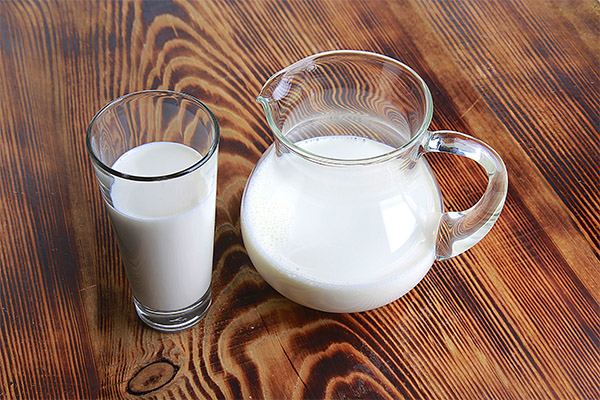
You should know! If you pour milk in a saucer and give the cat a taste, the animal will not lap up the liquid if it contains any additives. This is a proven way to determine the quality of a milk drink.
Is there water in the milk
Dilution with water is the most common way to increase the volume. To determine if the milk is diluted or not, put it to the test.
Pour some milk in a bowl and add alcohol or vodka. The percentage ratio is 1 to 2. If there is no more than one of the above mentioned, you will not be able to make any more of it. After 6 seconds, watch closely for a reaction. See if flakes form. If they appeared immediately, then no water was added to the dairy product. If you want to know the percentage of dilution with water, then wait some more time. If the flakes appear:
- after 60 seconds, that's 20%:
- 20 to 40 minutes means 40%;
- after 40 minutes it means 50%.
Worth knowing! In this test, the casein present in the composition is curdled, so goat milk can not be tested with this method. There is no casein in goat milk product.
Take warm water and start carefully pouring milk into it in a thin stream. If the product is diluted, the liquids will immediately drain and mix. If the milk is not diluted, the milk mixture will rise up.
Another way to check is to use a tissue and a toothpick or a match. Put some on a match or toothpick and drop it on the cloth. See how long it takes for the stain around the drop to dry:
- If it's whole milk, first, the diameter of the mug itself will barely spread, and second, it will take at least 2 hours to dry.
- If the stain dries in an hour, the milk is diluted by 10%.
- If it has 30% water, the mug will dry for half an hour.
- If the milk is half diluted, you won't have to wait long to dry: the cloth will already be dry in 15-20 minutes.
Checking for starch
Using starch or flour, unscrupulous manufacturers thicken the milk product and pass it off as milk with a high percentage of fat. This is easy to check. If you pour such a liquid into a bowl and don't stir it, all the thickening will go down. If you boil the sediment, you will get glue.
The easiest way to check is with iodine. Pour the milk into a separate container and drop iodine into it. Pay attention to the color of the milk. If the liquid turns blue, starch is added, if it turns yellow, there is no flour or starch added.
The presence of chalk, soda or plaster
This also happens. Adding soda, as well as other impurities, to dairy products allows you to increase the shelf life. Such a drink is stored longer and can not sour quickly.
You will need vinegar, an acidity indicator, and a shot glass to test it. You can use a test tube for the experiment. The bromothymol indicator is sold in specialty boutiques or aquarium stores. You can use lemon juice instead of vinegar.
Pour some milk into a test tube or shot glass and add half a teaspoon of vinegar. If there is a fizzing reaction and bubbles form, it means there is soda, gypsum and chalk in the milk.
Pour milk into a test tube or a shot glass, add 6 drops of the indicator you bought on the wall. If the color changes to dark green, then soda has been added to the milk.
Testing for Antibiotics
Adding antibacterial drugs to dairy products slows the growth and reproduction of pathogenic bacteria, which increases shelf life. You can tell if there are antibiotics in your milk by fermenting it. Pour the milk into a glass and add sour cream or kefir.
Leave it in the room for 24 hours. If the product is normal, it will ferment and turn into sour milk. If there is no reaction, however, then the sourdough is inhibited by antibiotics present in the milk.
Testing for acid and aspirin
Some manufacturers add acids like boric acid or acetylsalicylic acid to dairy products to increase shelf life and aspirin to preserve freshness. This can seriously affect human health, especially dangerous for people prone to allergic reactions to aspirin. It helps to identify the presence of acid with an ordinary litmus paper. Dip it in the liquid and look at the color. If it turned red, then the milk was added to the listed additives.
You can check for impurities with nitric acid. Pour some of the milk mixture into a bowl and drop a few drops of the reagent. Look at the color. If the milk began to turn yellow and turned orange in color, then the product is not natural.
Checking the fat content
To determine if there is fatness in the milk or not, take a couple of glasses and start pouring the liquid. Look at the walls of the glassware. If there are no streaks, the milk is fat, if the milk is diluted, the liquid will smear on the surface.
To determine the percentage of fatness, we will need a tape measure or an ordinary ruler. We take a glass dish (glass), measure 10 cm with a ruler and fix it. Pour the milk to the mark and leave it for 10 hours in warmth. After the time has elapsed, evaluate the result. The cream should form on top, the height of which we will measure. For this we use a ruler. The calculation is as follows: 1 к 1. That is, the percentage of fat is equal to 1 mm of the height of the cream. If the layer height is 3, then the percentage of fatness of the milk is 3.
For cheese makers.
Testing milk to determine the level of acidity is of interest to people who are engaged in the manufacture of cheese. Ready-made test samples are used for testing, but you can also do the test yourself at home and find out the acidity index. For this we need distilled water, caustic soda and phenolphthalein.
- Pour accurately exactly 10 ml of milk product into a test tube.
- We add distilled water (20 ml) and phenolphthalein (3 drops).
- Gradually start adding caustic sodium until the contents of the test tube turns pale pink. It is necessary to add 0.1 at a time.
- We count how much caustic soda was consumed in ml and multiply it by 10. You get the result of the acidity of the milk.
For your information! The acidity is measured with special probes and indicated in Turners. The norm for BC and I grade will be 16-18 T, for II - 18-20 T, for non-grade - 21 T.
How to Identify Palm Oil in Milk
Palm oil is a vegetable fat derived from the fruit of the palm tree. It has a number of health benefits that it possesses. For example, it contains a fair amount of vitamin E, which is necessary for women. But it also contains substances that have harmful effects on health, especially when the body receives it in large quantities. So consuming it in moderation may not cause any danger or any side effects in the body. But some people consider it a particularly harmful additive and try to eliminate palm oil from the diet.
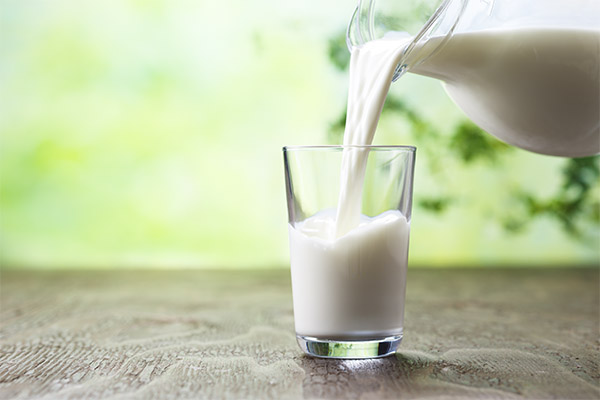
Adding palm oil improves the taste of dairy products and extends their shelf life. It is impossible to detect it in milk at home. It can be done only in special laboratories with the necessary tools and equipment. To detect vegetable fats, a gas chromatography is carried out, which cannot be done at home. So it remains only to carefully study the printed information on the package and choose a reliable manufacturer.
You have to know! Excessive and frequent consumption of palm oil leads to vascular problems. It is difficult to eliminate it from the body.
How to determine dried milk for quality
There are several criteria for evaluating milk powder:
- Color. It should be a white powder with a light cream color. Bright brown and other mottled elements should not be present. Their presence in the powder may indicate an improper preparation process. The milk may have burned while cooking, so the taste of the finished powder will be bitter or have an unpleasant aftertaste.
- No lumps should form when diluting the milk powder. The liquid should be homogeneous. If there are lumps in the powder, you can easily knead them with your hands, they should crumble. If there are large and dense "lumps", then the storage was not correct. Most likely, the product was stored in a room with high humidity, which is unacceptable.
- If the product is frozen, you should not take it, as its taste will be bitter. Usually, dried milk "suffocates" when stored in polyethylene.
- There should be no precipitation. No clots should form on the bottom when diluted. If this happens, then the milk should not be consumed. This indicates poor quality. It has almost no protein, such a product can only be fed to animals. Such milk powder is not suitable for people.
- Smell. A quality product has the smell of boiled milk, and its taste should be dairy. A slight aftertaste is allowed.
How to determine the natural goat milk
The benefits of goat milk is no less than cow's milk. It contains many vitamins, protein, trace elements and minerals. The presence of active substances destroys harmful microbes, and it is stored longer. In addition, it is almost impossible to distinguish goat's milk from cow's milk by its color and smell.
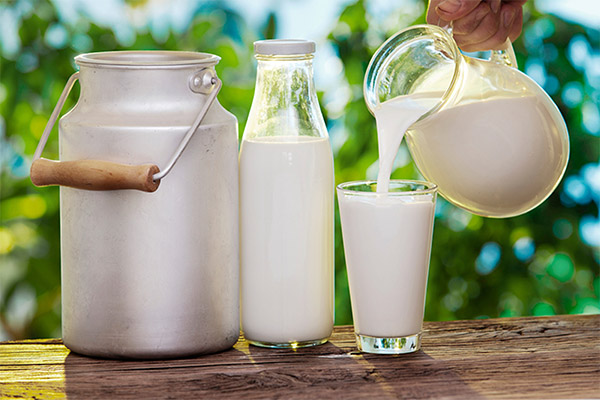
Worth knowing! It has been proved that goat milk reduces acidity, helps people suffering from tuberculosis and prevents stomach ulcers.
To determine the quality of goat milk, you need to follow the rules when buying it:
- Check the integrity of the packaging.
- Choose a quality product.
- Give preference to a product of white color with a slight light taste of cream, without fat clots.
If the milk has a yellowish tint, it is a sign that it has been diluted with cow's milk or substituted.
If there is a bluish tint, it means it has not been stored properly or it has been diluted with water. Mastitis can also be the cause of the blue color in the goat. If the milk has an unpleasant smell, it has not been stored in the right place.
If the product is bought in a carton, pay attention to the composition written on the container. Make sure it is milk and not a drink. Check the expiration date.
If you buy it at the market, pay attention to the color. It should be white and not have any shades. Look at the container in which the product is stored. Ask the seller to give it a try. Goat milk tastes and smells like cream. You can try dropping the liquid on a fingernail and see if the drop will spread or not. If not, then everything is fine, you can safely buy it.
If you have already bought milk and want to test it, try freezing it. Goat milk will stay fresh and unadulterated after freezing, unlike cow's milk. The latter will have milk resembling mush after freezing.
You can do an experiment. Take a small amount of purchased milk and freeze it. If after defrosting it has a homogeneous composition, then everything is fair - you were sold goat milk. If after defrosting there are different particles floating in the liquid, you have been cheated and switched to cow's milk or diluted with it.
Especially careful should be people who are allergic to cow protein.
Advice from
Do not forget to check the expiration date and carefully study the composition. Remember that milk can not be stored for a long time, and it is not worth dreaming that there is a natural product in the supermarket. It is better to choose a producer, which is located near your place of residence. Then there is a chance that the composition of milk is close to natural and it will be fresh.
Do not keep an open container of milk near foods that smell pungent, such as fish, smoked meat, etc. The milk will quickly absorb the smell and become tasteless.
Conclusion
Now we know how to bypass cheating and check the freshness of milk and the quality of the product at home on our own. Having some idea of the types and assortment in supermarkets or convenience stores at home, you can properly assess and make the right choice. And knowing what the product is bought for, you can quickly orient yourself and buy exactly what you need. Stay healthy!
«Important: All information on this site is provided for informational purposes only. purposes only. Before applying any recommendations, please consult with a health care professional. specialist. Neither the editors nor the authors are liable for any possible harm caused by materials."

